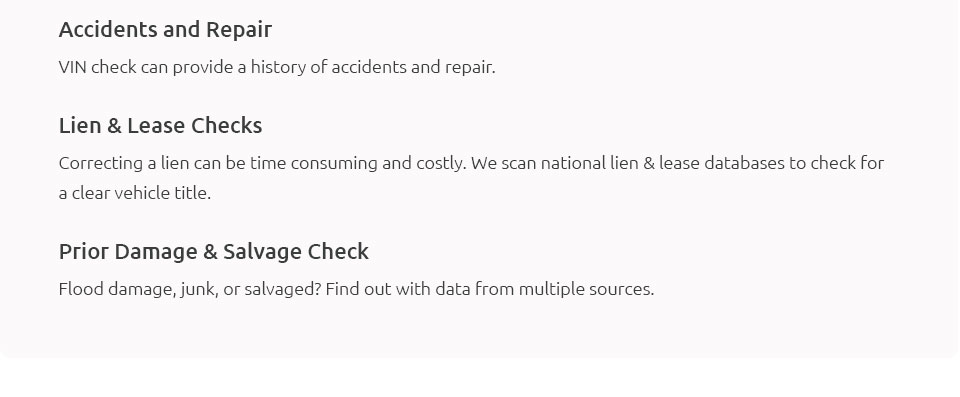 |
 |
 |
||
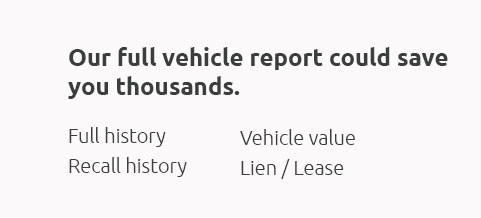 |
 |
|
 |
||
 |
 |
 |
 |
||
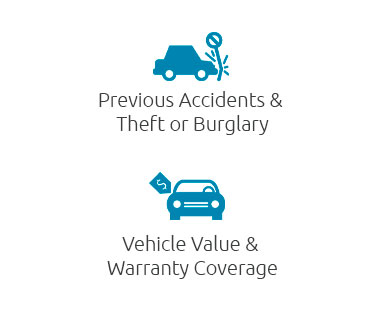 |
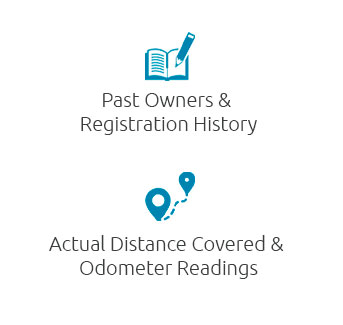 |
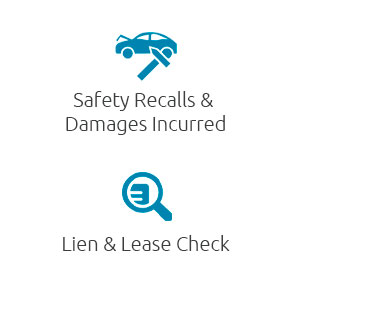 |
 |
 |
||||
|
||||
 |
|
s26394dzrn8 Understanding Public Vehicle Records: A Comprehensive InsightPublic vehicle records serve as a cornerstone in the realm of automotive transparency and consumer protection, offering a plethora of information about vehicles that traverse the roads daily. These records, maintained meticulously by various governmental and private entities, provide insights into a vehicle's history, encompassing details that range from ownership lineage to accident reports, and even emissions testing results. At the heart of public vehicle records is the Vehicle Identification Number (VIN), a unique alphanumeric code that acts as a fingerprint for vehicles. The VIN is instrumental in tracking a car's journey through different stages of its life, documenting everything from its initial manufacturing details to subsequent registrations and transfers. Consumers are increasingly recognizing the value of accessing these records before making purchasing decisions, especially in the used car market where hidden histories can lead to unforeseen complications. Moreover, public vehicle records are not just a tool for buyers. They also play a crucial role for insurance companies, law enforcement agencies, and even environmental bodies. Insurance companies, for instance, leverage these records to assess risk profiles, determining premiums based on a vehicle's accident history or prior damages. Similarly, law enforcement uses them to track stolen vehicles, ensuring a robust mechanism to recover assets and reduce auto theft. One cannot overlook the environmental implications either. With growing concerns over carbon emissions and sustainability, public vehicle records can provide critical data on a vehicle's compliance with emission standards. This is particularly vital as regulations tighten globally, pushing for greener transportation solutions.
However, it's imperative to discuss the accessibility of these records. While some argue that they should be freely available to all, citing public interest, others raise concerns about privacy and misuse of data. Striking a balance between transparency and privacy is a nuanced challenge that requires careful deliberation. In conclusion, as technology continues to evolve, the scope and utility of public vehicle records are poised to expand, promising even more comprehensive data and insights. For stakeholders across the spectrum-be it consumers, businesses, or regulators-the evolution of these records holds significant promise. They represent not just a repository of information but a vital tool in the pursuit of safer, more transparent, and environmentally conscious automotive practices. https://www.alea.gov/sites/default/files/dl-forms/MotorVehicleRecord-MVRRequest.pdf
vehicle Market research activities, including survey research; and removal of non-owner records from the original owners records of motor vehicle manufacturers. https://www.alea.gov/dps/driver-license/driver-records-crash-reports-and-driver-license-reinstatements
Driver Records, Crash Reports, and Driver License Reinstatements. Department Of Public Safety - Driver License; Driver Records, Crash Reports, and Driver ... https://www.revenue.alabama.gov/division/motor-vehicle/
Motor Vehicle issues vehicle titles, maintains vehicle records, administers the Mandatory Liability Insurance law, issues motor vehicle regulatory licenses, ...
|



